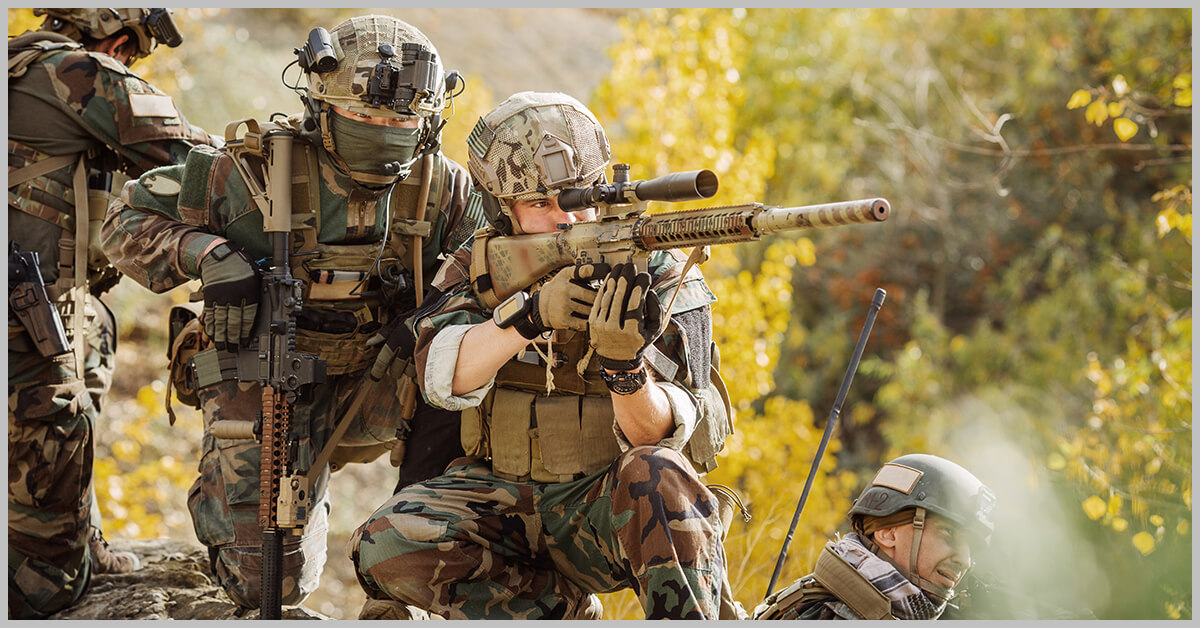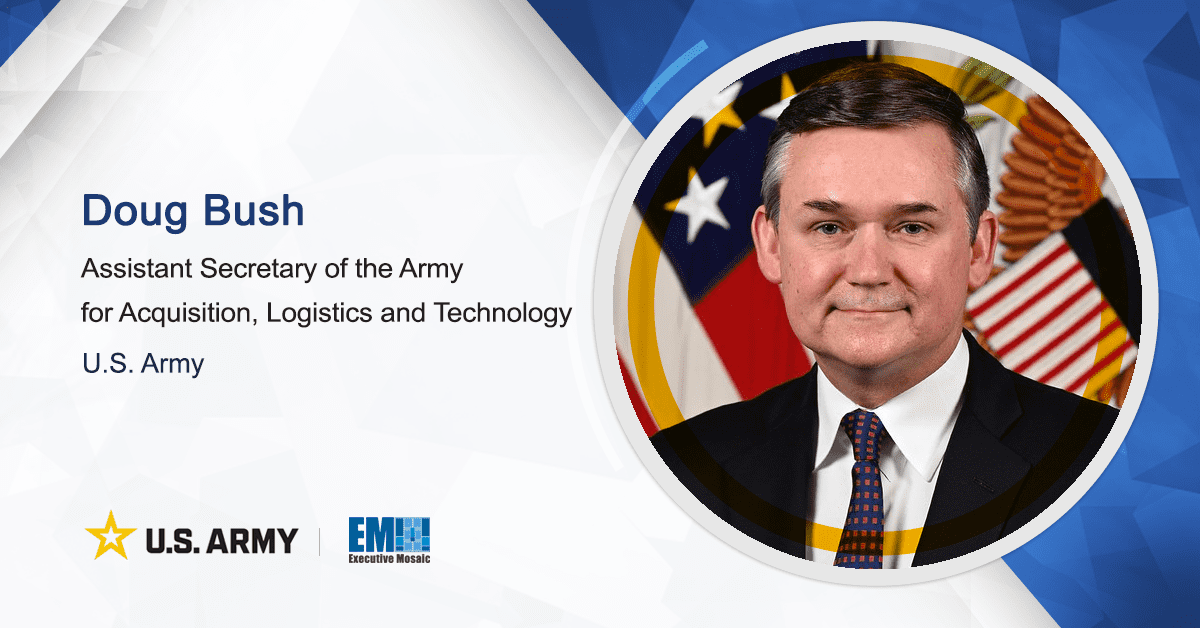The U.S. Army wants $186 billion in spending power for fiscal year 2025, a figure which has not yet been approved. The budget includes funds for nine barracks construction projects, an increased focus on fitness facilities and routine upticks in pay for soldiers. It has also been assembled with an eye toward responding to “aggression in the Pacific Ocean and across Europe,” according to the service branch.
The budget undoubtedly makes room for modern warfighting technologies like drones, however, Assistant Secretary of the Army for Acquisition, Logistics and Technology Doug Bush has instilled caution as to whether there should be deals struck for unmanned tech several years into the future.
Hear from Bush when he keynotes the Potomac Officers Club’s 9th Annual Army Summit on June 13. The event is the essential Washington, D.C. area Army event of the year — all of the major government contracting companies send representatives and its speakers comprise a who’s who of Army leadership. Register here!
“What you buy in one year, I’m not sure you’d want to buy that exact same [unmanned aerial system] for five years…We might be heavy one year in intelligence, surveillance and reconnaissance and heavy the next year in strike,” Bush explained.
Uncrewed hardware simply iterates and evolves too fast for multiyear procurements, Bush suggested. The type and version of drone needed could shift in the span of mere months. This presents a different circumstance than the defense industrial base is used to or favors, however — ideal contracts typically span several years (even up to a decade or more) and request armaments in bulk.
Another 2025 goal is the Army’s recently announced all-domain sensing cross-functional team. This outfit is charged with aligning, standardizing and strengthening intelligence collection, analysis and distribution, in addition to supporting sensor-to-shooter efforts. The group’s creation comes on the heels of the reportedly successful assured positioning, navigation and timing and space cross-functional team.
The latter was overseen and directed by Army executive Michael Monteleone, and he will also be in charge of the new team.
“With the evolution of hard Army problems, comes the evolution of talented teams to solve them. Our team swiftly delivered on our last mission, proving the CFT concept is effective in accelerating capability delivery. We look forward to helping the Army and Joint enterprise converge understanding and deliver all-domain sensing solutions,” Monteleone issued. The team is targeted to be fully up and running by Q2 of fiscal 2025.
Monteleone will deliver the midday keynote at the Potomac Officers Club’s 9th Annual Army Summit. Register here to learn more about Monteleone’s new responsibilities on the all-domain sensing-focused team and to gain a deeper understanding of the Army’s priorities for 2025 and the years ahead. The event will be rife with dialogues, networking opportunities and amazing speakers.







